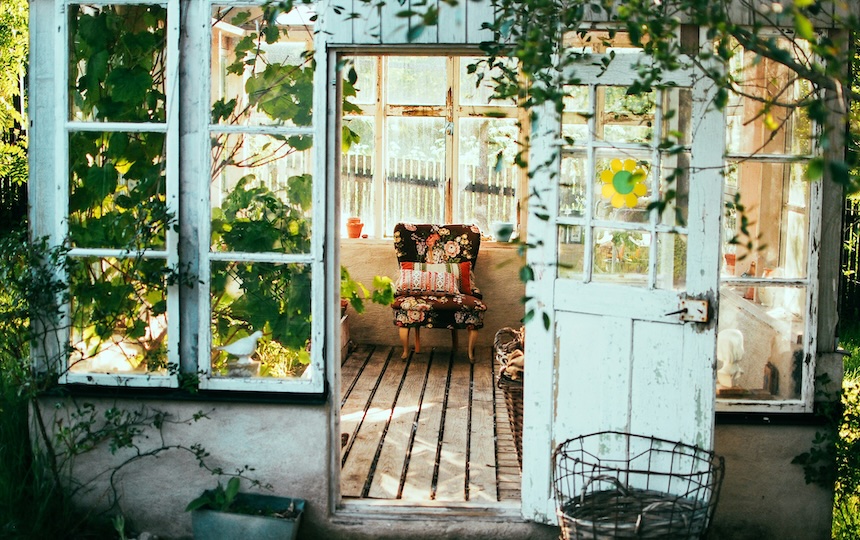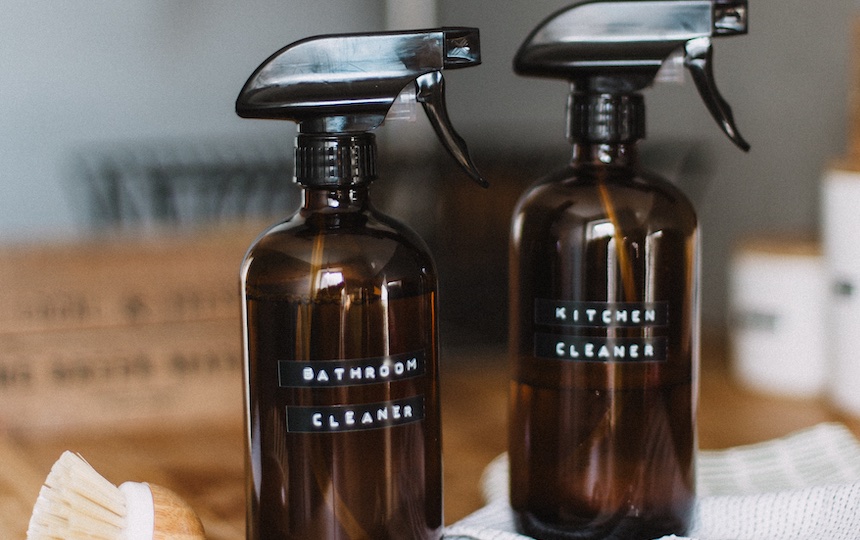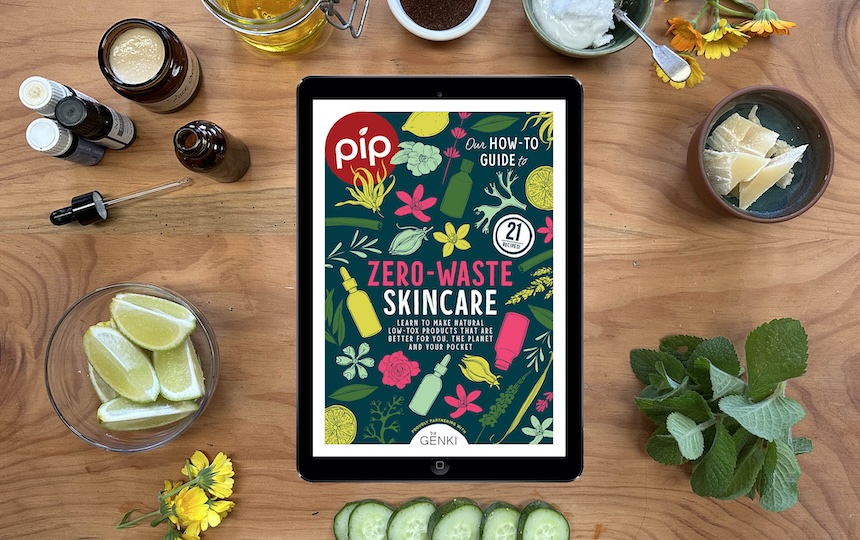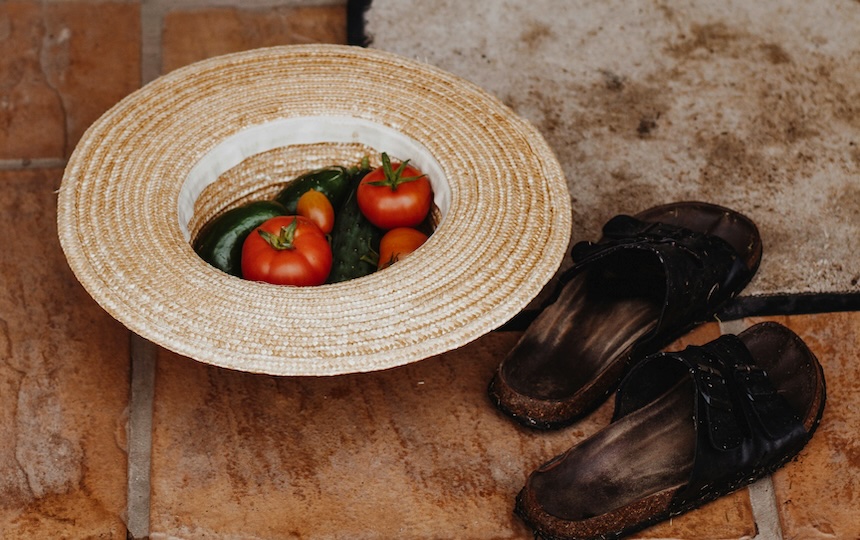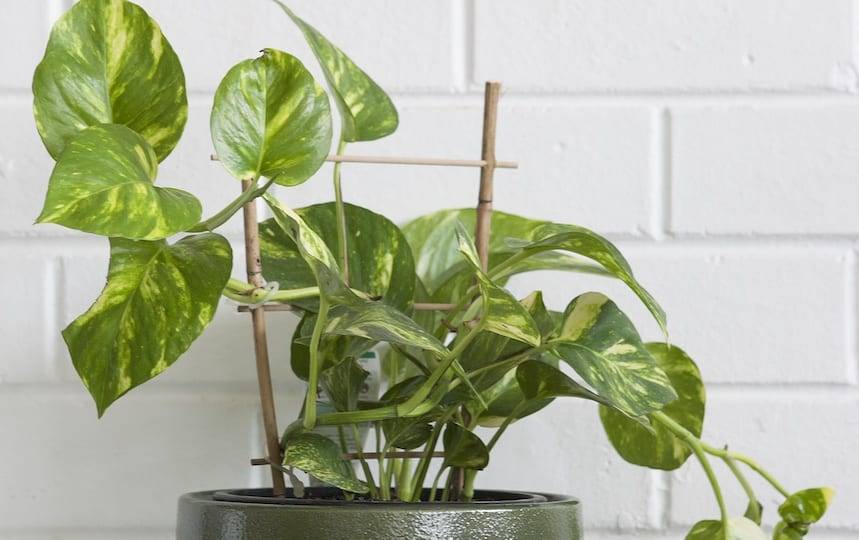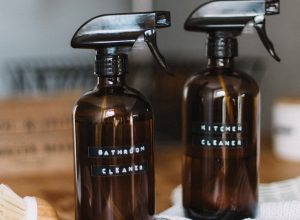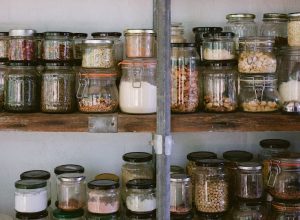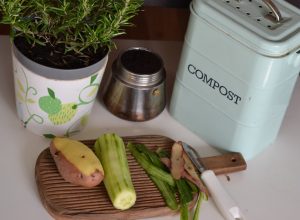We bring you seven quick ways to detox your home to help improve your health...and the health of the planet.
We’re all onboard detoxing our minds and bodies by reducing screentime, getting regular exercise, eating well and practicing mindfulness, but have you ever stopped to think your home needs a detox too?
Many synthetic chemicals and containments can be found residing in our homes, whether it’s from our furniture, the products that we use, heating and cooking preferences, or certain building materials, which can all have an impact on our health.
Help reduce your exposure to these types of toxins with these seven quick ways to detox your home.
Swap out your chemical-heavy cleaning products for natural ones
Many conventional cleaning products are petroleum-based and contain VOCs (volatile organic compounds) and other nasty chemicals that are known to cause skin and respiratory issues (not to mention end up polluting our waterways).
You really only need three ingredients to clean your home naturally. A mix of (non-synthetic) vinegar, baking soda and essential oils will do the trick… and a bit of elbow grease, of course!
If you prefer using more traditional cleaning products then check out the Environmental Working Group’s (EWG) great guide to nontoxic cleaners, which lists those brands which are less problematic and ones to avoid. Brands like Koala Eco and Thankyou use natural ingredients which are free from fragrance, dyes, phosphates and other nasties.
Scent your home naturally
Sweet-smelling candles release a host of chemicals when burned, which can be problematic to your health.
The majority of candles on the market are made from paraffin wax (a byproduct of petroleum refining) or soy wax (chemically bleached, heavy metal, hydrogenated soyabean oil).
They release chemicals like VOCs, benzine, formaldehyde and soot into the atmosphere (and into your lungs). Not only are these waxes not natural, they’re often fragranced, which dramatically increases the toxic load.
If you want to scent your home naturally, have a go at making your own homemade reed diffuser, or try sourcing natural, healthier alternatives like candles made from pure Australian beeswax, sourced from beekeepers using traditional beekeeping methods, free from chemicals, antibiotics or sugar feeding, like these ones from Queen B*.
Clean out your bathroom cupboard
Much like candles and cleaning products, many of our personal care products contain harmful chemicals that are known to cause short- and long-term health effects.
Not only that, most of those empty shampoo bottles, moisturiser jars and mascara wands don’t end up being recycled and will go straight to landfill, further polluting our oceans. So if you’re trying to reduce your plastic waste the bathroom is a good place to start.
Switch out problematic products for more natural alternatives (Pure Earth and Coast Sydney Botanicals are some good options), or simply make your own. Check out Pip’s Zero Waste Skincare eBook for some recipes or click here for some plastic free beauty ideas.
Dust and vacuum often
An accumulation of dust bunnies equates to more toxins lurking in your home. Studies have shown that household dust is contaminated with a wide range of chemicals such as pesticides, personal care products, plasticisers, flame retardants, and polyfluorinated compounds.
Vacuuming at least weekly will ensure you eliminate unnecessary chemical exposure and common allergens. Don’t forget to also vacuum soft furnishings, curtains and mattresses to really do a deep clean.
If possible, use a vacuum cleaner with a HEPA filter as these capture the widest range of particles and eliminate allergens like those from Miele or Dyson.
And use natural cleaning products like our DIY broom millet scrubbing brushes and crochet dish cloths – we show you how to make them in Issue #13 of Pip.
Leave your shoes at the door
Around 30 to 40 percent of the contaminants inside your home are brought in from the outdoors on the bottom of peoples’ shoes.
These can include insect fragments, lead dust, pesticides, pollen, dust mites, animal dander, hair, human skin flakes, fungal spores or cigarette ash.
Yes, it can be awkward to ask guests to abandon their shoes at the door, but they (and you) are unknowingly treading these types of containments and chemicals into your home. So better to eliminate the risk at your door!
Add some plants to your décor
Did you know that houseplants can help purify the air? NASA’s Clean Air Study revealed that that indoor plants enhance air quality, remove pollutants, and reduce bacterial and fungal infection spread. Some of the best plants to use include English Ivy, Peace Lily and Spider Plants.
Here are six indoor plants for beginners to help you greenify and detox your home. You could even have a go at making this upcycled planter.
Open the windows
Don’t keep all those chemicals, containments and cooking smells trapped inside your home – let the fresh air in and ventilate your home on a daily basis (yes, even in winter!).
* Queen B is offering Pipsters a promo code! Simply use the code “Pipster” at checkout on their website.

